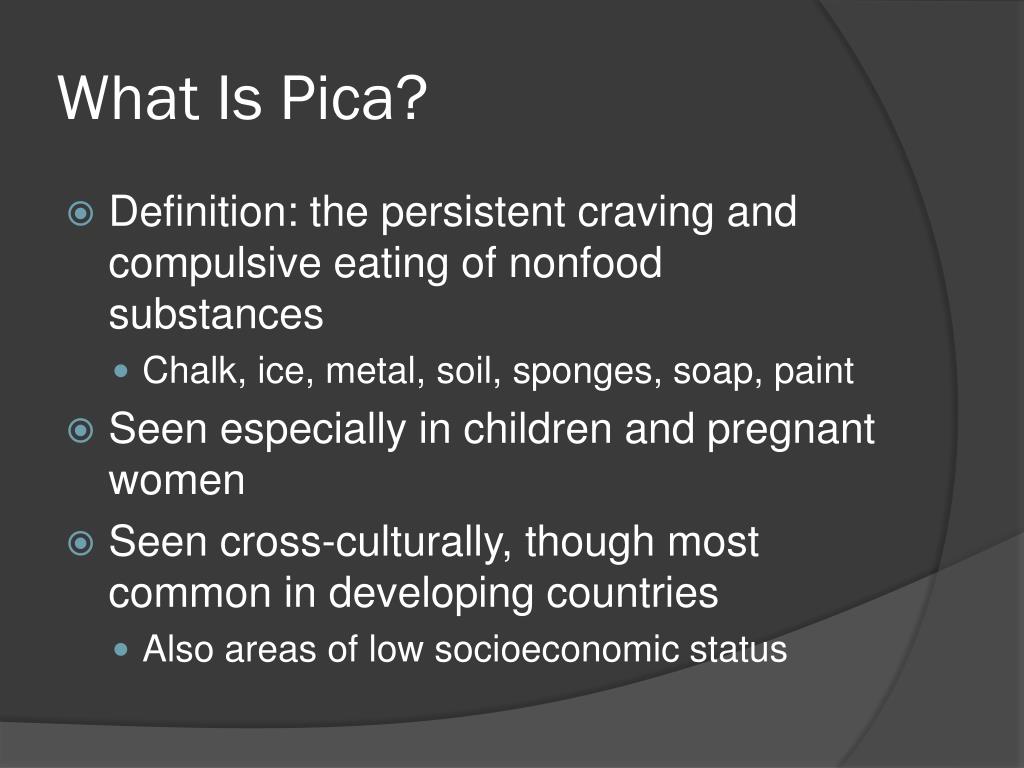


People with binge eating disorder may also have mental health problems such as depression, anxiety, or suicidal thoughts. Overweight and obesity are linked to many health problems, including type 2 diabetes, heart disease, and certain types of cancer.

What other health problems can you have with binge eating disorder?īinge eating disorder may lead to weight gain and health problems related to obesity. Binge eating disorder runs in families, and researchers have identified a genetic component as well. Binge eating disorder can also make it harder for people with diabetes to control their blood glucose, also known as blood sugar.įor some people, painful childhood experiences-such as family problems and critical comments about your shape, weight, or eating habits-are linked to developing binge eating disorder. In some people, binge eating disorder contributes to the development of type 2 diabetes, both through excessive weight gain and increased risk of metabolic abnormalities. 3,4 The distress of having diabetes, which requires a constant focus on weight and food control, may be the reason for this link. However, older people can be affected, too.īinge eating disorder is common among people with type 1 and type 2 diabetes. However, it is important to note that most people with obesity do not have binge eating disorder.īinge eating disorder is more common in younger and middle-aged people. 1 Who is more likely to develop binge eating disorder?īinge eating disorder can occur in people of average body weight, but it is more common in people who have obesity, particularly severe obesity. 1 Nearly two-thirds of people who meet the criteria for binge eating disorder experience binge eating episodes over the span of 1 year or longer. The average age at which binge eating disorder first occurs is 25 years. 2 A much larger percentage of teens and adults have episodes of binge eating or loss-of-control eating-which is the feeling that you cannot control your eating, regardless of how much food you actually eat-but at a rate that is not frequent enough to meet the criteria for binge eating disorder. 1 About 1.6% of teens age 13 to 18 years old are affected. About 1.25% of adult women and 0.42% of adult men have binge eating disorder. How common is binge eating disorder?īinge eating disorder is the most common eating disorder in the United States, and it affects people of all racial and ethnic groups. People with binge eating disorder may occasionally try these strategies to avoid weight gain, but it is not a regular part of their binge-eating behavior. People who have bulimia nervosa routinely try to prevent weight gain after binge eating by vomiting, using laxatives or diuretics, fasting, or exercising excessively. How is binge eating disorder different from bulimia nervosa? If you have binge eating disorder, you may be very upset by your binge eating.


 0 kommentar(er)
0 kommentar(er)
